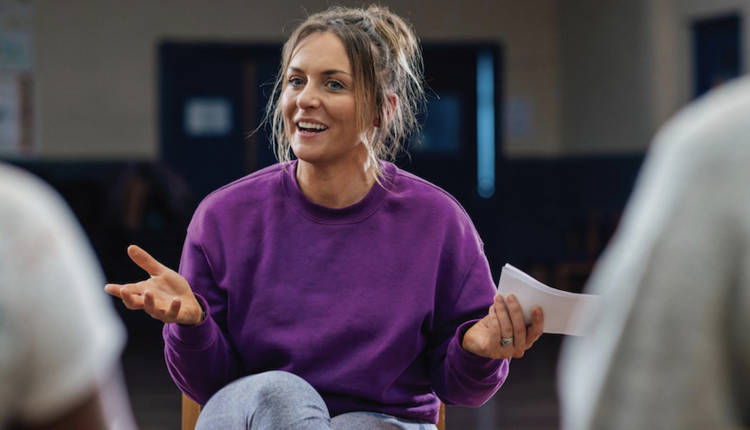
If there is anything the pandemic has made clear to us, it’s the importance of having our financial house in order. Does the debt you have on the personal or business side make you feel as though you are stuck in the middle of the sea with no life preserver?
If you have debt, there is no reason to be ashamed. The average person carries a credit card balance of $6,200.
With that said, people who are financially successful know that one of the keys to building wealth is to get and stay out of debt. The good news is that there is a way out regardless of your current circumstances. It’s going to take some focus and hard work, but with the right plan, your past financial mistakes do not have to determine your financial future.
Hopefully, you already understand the value of moving towards financial freedom by becoming debt free. Just in case you’re not convinced, let me ask you a few questions:
- If you didn’t have to make any debt payments, how much money could you save every month?
- If you weren’t strapped with debt, how much better could you live with the same income?
- How quickly could you become wealthy?
- How much would you be able to impact others?
There are generally two schools of thought when it comes to paying down debt. The first is known as the higher interest or avalanche method. The second is known as the debt snowball.
With the avalanche method, or the higher interest method, the debts would be paid down in order from highest to lowest interest. This method makes mathematical sense.
With the debt snowball, the debts would be paid in order from lowest to highest balance.
So which is better? At some level, comparing debt elimination plans is like comparing nutrition plans. The one that works best is the one you actually follow.
With that said, the debt snowball allows you to rack up wins quickly, which helps create positive momentum. This is a huge advantage for someone who may already feel a little discouraged by their financial predicament.
Here are the steps to applying the debt snowball.
- Stop borrowing money – If you continue to borrow money while trying to eliminate your debt, you’ll be fighting an uphill battle.
- List your debts from lowest to highest balance – Pay special attention to this step. Don’t leave any debts out and let them slip between the cracks. Arrange your debts in ascending order with the smallest remaining balance first and the largest last. You would ignore the interest rate.
- Pay all of the minimum payments on each debt listed
- Throw any extra money above the minimum payments, at the next lowest balance – Ideally you would have a timeline for when each debt will be paid off. Accelerate your debt elimination plan by looking for any extra money to pay towards your focus debt (i.e. the one with the lowest balance). If you can’t find extra money, think of ways to increase your income.
- Set your debt elimination date – Write down the date you will be debt-free (other than a possible mortgage). Visualize it. Keep moving towards your goal no matter what.
Many people who use this method get excited as a result of the early wins and end up finding additional ways to put more money towards their snowball. The key is using the minimum payment you had for an eliminated debt and adding it to the next one, thus creating your debt snowball.
Business considerations
Many people who agree that personal debt is destructive believe that business debt is different. The truth is that business debt can be just as harmful and the same rules should apply.
Don’t fall into the lie that you need to carry a credit card balance or borrow money to grow your business. Having a debt-free business allows you to designate some of your cash for future growth, take advantage of opportunities that present themselves and be more generous.
You may think that it’s better to prioritize paying down your business debt if you have both business and personal debt. Actually, one of the best things you can do for your business is to improve your personal finances. Many businesses suffer or even go out of business because an owner’s personal financial house was not in order.
The bottom line is that you need a plan to eradicate both personal and business debt. One consideration with business debt is you’ll want to make sure you pay attention to your cash flow. COVID-19 has reminded us of the importance of having “cash on hand.”
I would recommend saving at least one month of business reserves before aggressively paying down business debt. Once you have your one month of reserves, you can allocate a percentage of extra income (after paying yourself) to debt elimination and the rest toward building the reserves further. You’ll need a lot; think 3-6 months.
While it may sound unsophisticated or outdated, personal finance and business is much simpler than people make it out to be. If you do the basics with focus and consistency, over time you’ll be amazed by what you can achieve.
















